So, just like the description says, this is my adventure to make my overpriced, overpowered electric longboard. None of this was the plan, but it did happen that way. I hope if you're building your own electric longboard, you can use this project to learn what I did, why I did it, and what not to do.
MAIN GOALS:
What's a project without some goals right?
- DESIGN: I wanted something that looked a lot better that the tupperware bin or duct taped wires approach. With the little time and money I have, I know that I'll never get to Boosted Board status, but I can try right? I want to actually like looking at this thing. If I get the questions "where did you buy that?" not ""did you make it?", I think I have succeeded.
- POWER: I want to get at least 20 mph. I'm a light guy, so hopefully that shouldn't be too hard. If I do it right, I should reach about 30. We'll see. Battery run time took a seat second to design, so the battery pack is a bit smaller than most. However, if things go to plan, I'll have two battery packs for those extra long runs.
- FUNCTION: Hobby stuff is fun, but if I'm dropping this much into this project; it better work. I want to get from my house, to the train station, to work, and back again. I don't want to take my board apart every time I want to charge it. I don't want to fix it every day. (however, maybe every other day)
- DOCUMENTATION: This isn't an instructables, but a lot of the other electric longboard projects out there have 4 pictures and a description. I'm going to try and bash you over the head with information. It won't be a roadmap, but I'll make the mistakes for you.
PROJECT BREAKDOWN:
This project breaks down into three main parts, all of which happen at the same time. Click on the section to learn more.
- MECHANICAL SYSTEM
- This is how the motor attaches to the trucks, how the pulleys mount to the wheel, and everything in between.
- Discussing: Motors, Gear Ratios, Belt Drives, 3d Printing, Machining, Rapid Prototyping, CAD
- ELECTRONICS
- Basically everything that makes this board go. I'll cover what I used, how I put it together, and probably it's pitfalls.
- Discussing: Battery Welding, ESCs, BMS, Motors, BLDC Tool, Remote
- CASE
- It started as my favorite categories, but it's proven to be much more difficult with Boosted Board's industrial design teasing me, and running out of space every direction I go.
- Discussing: Metal Bending, 3d Printing, CAD, Rapid Prototyping, Aesthetics
 forrest.thelucas
forrest.thelucas


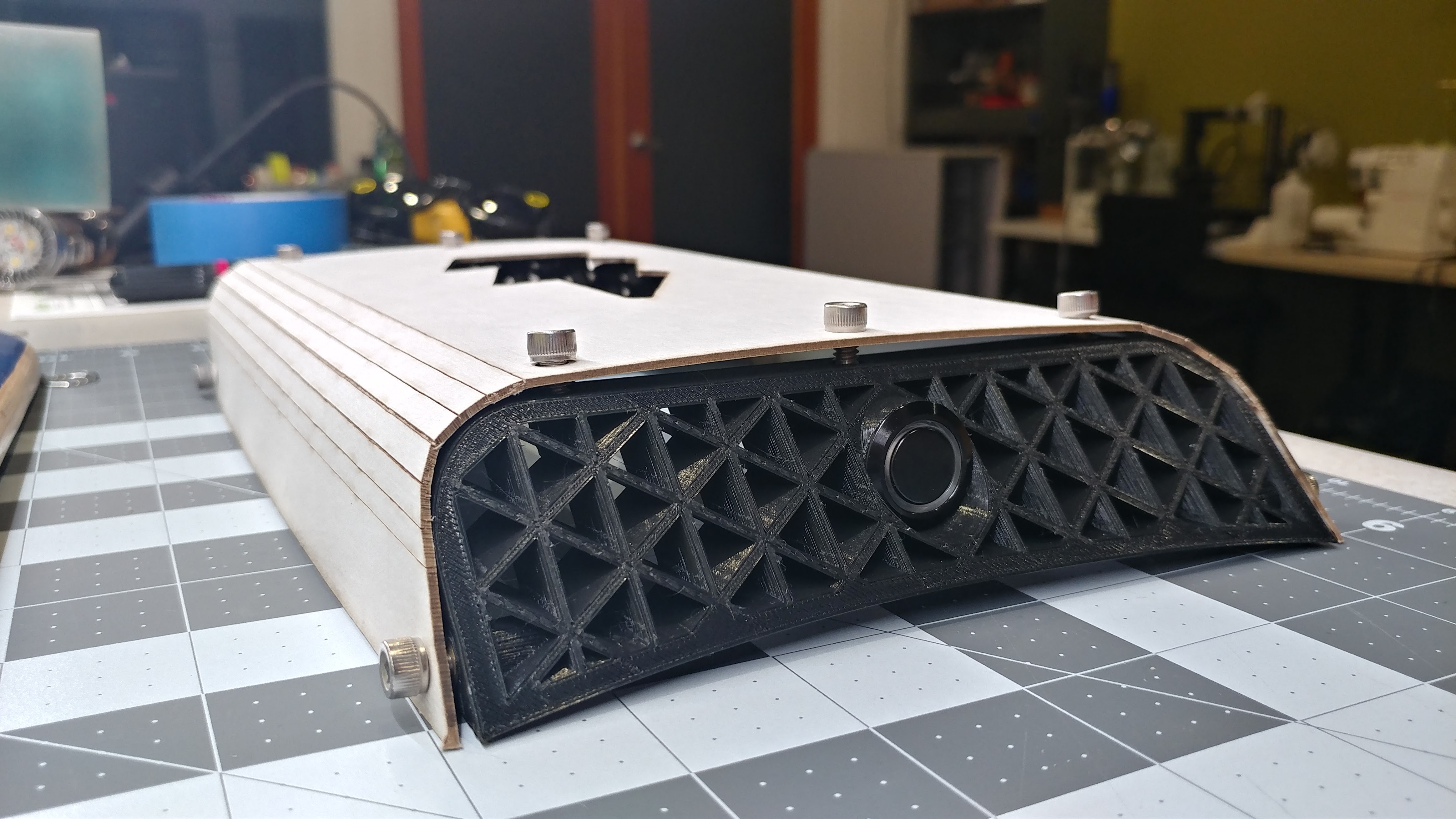
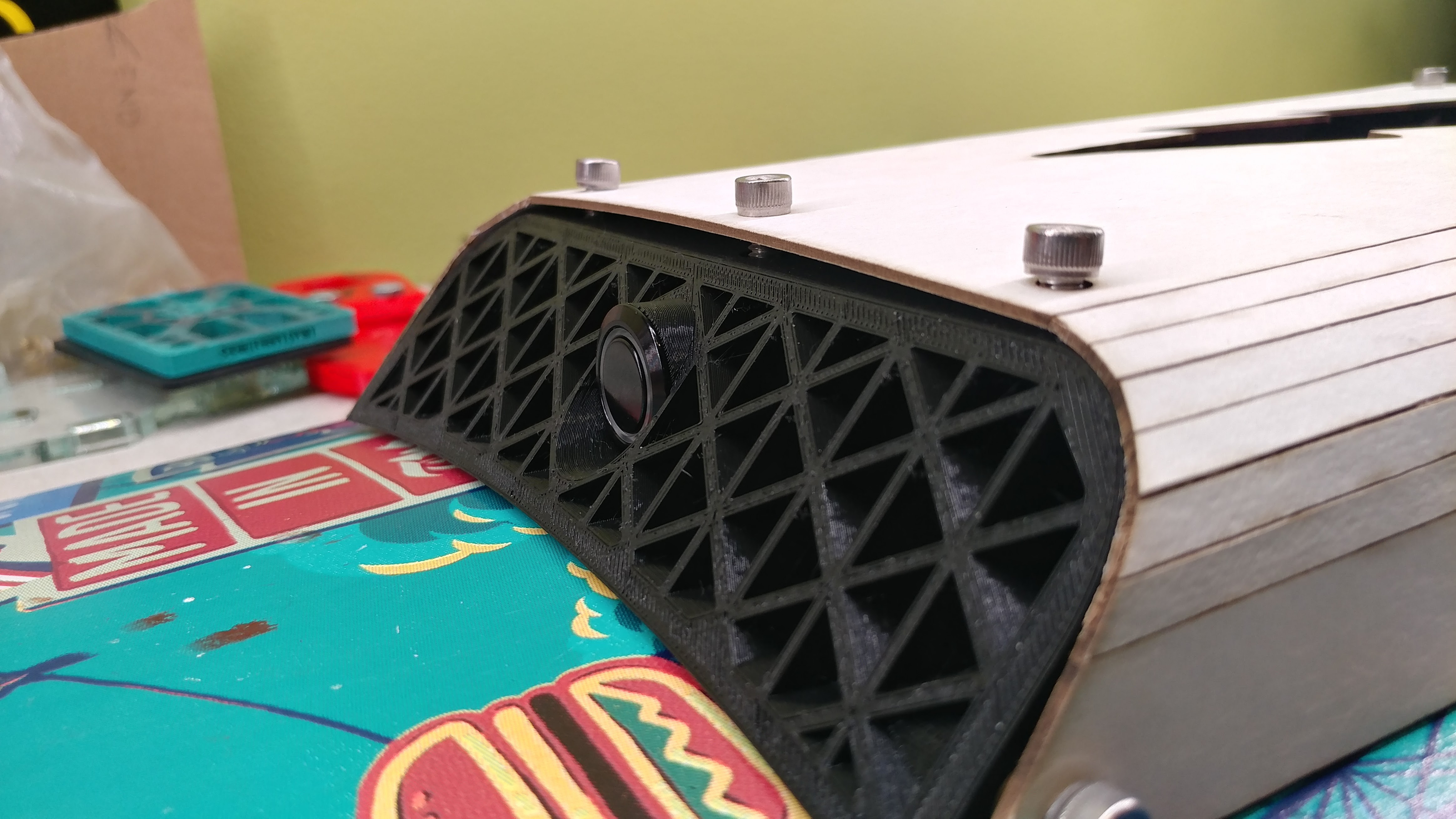
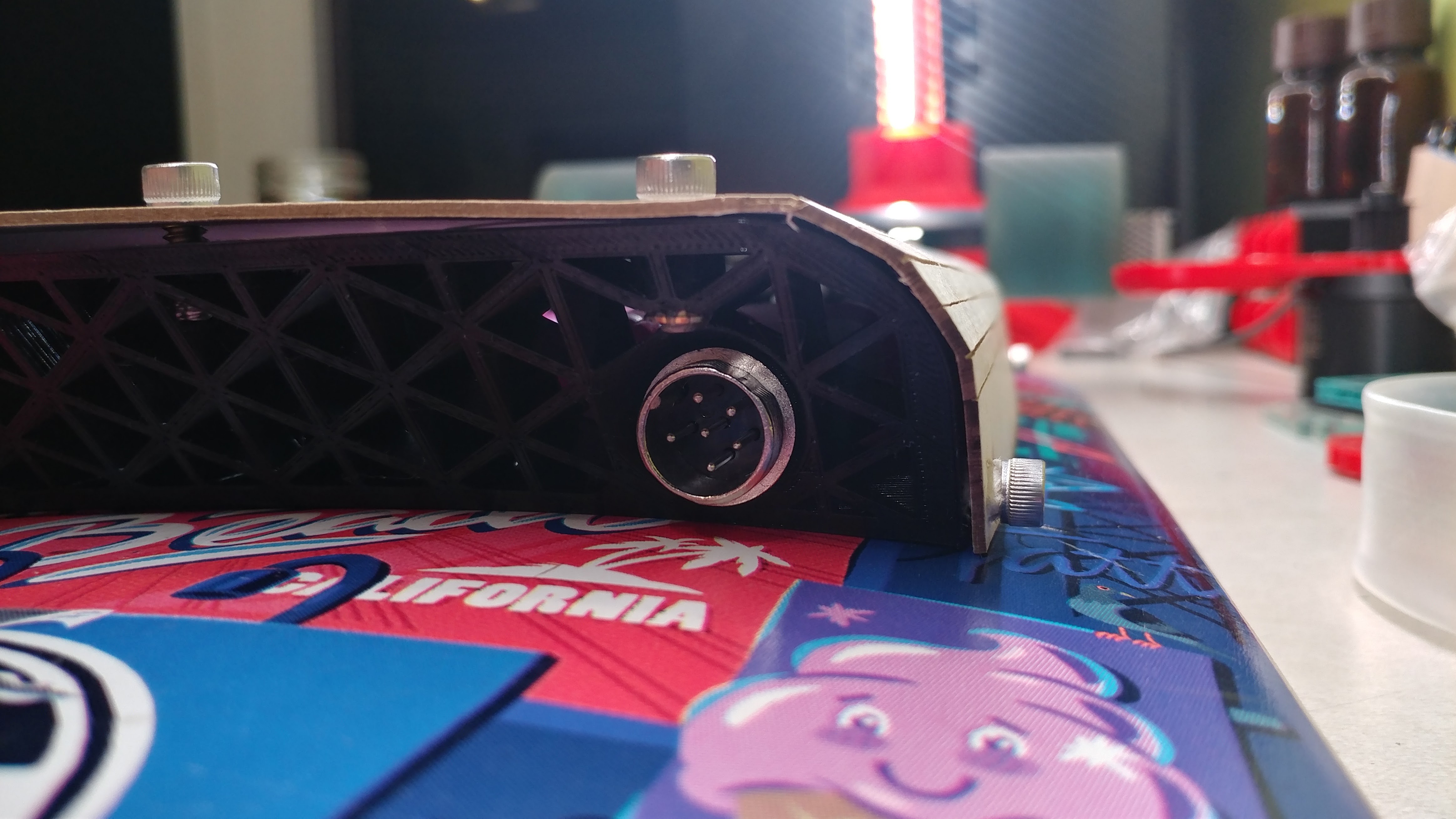

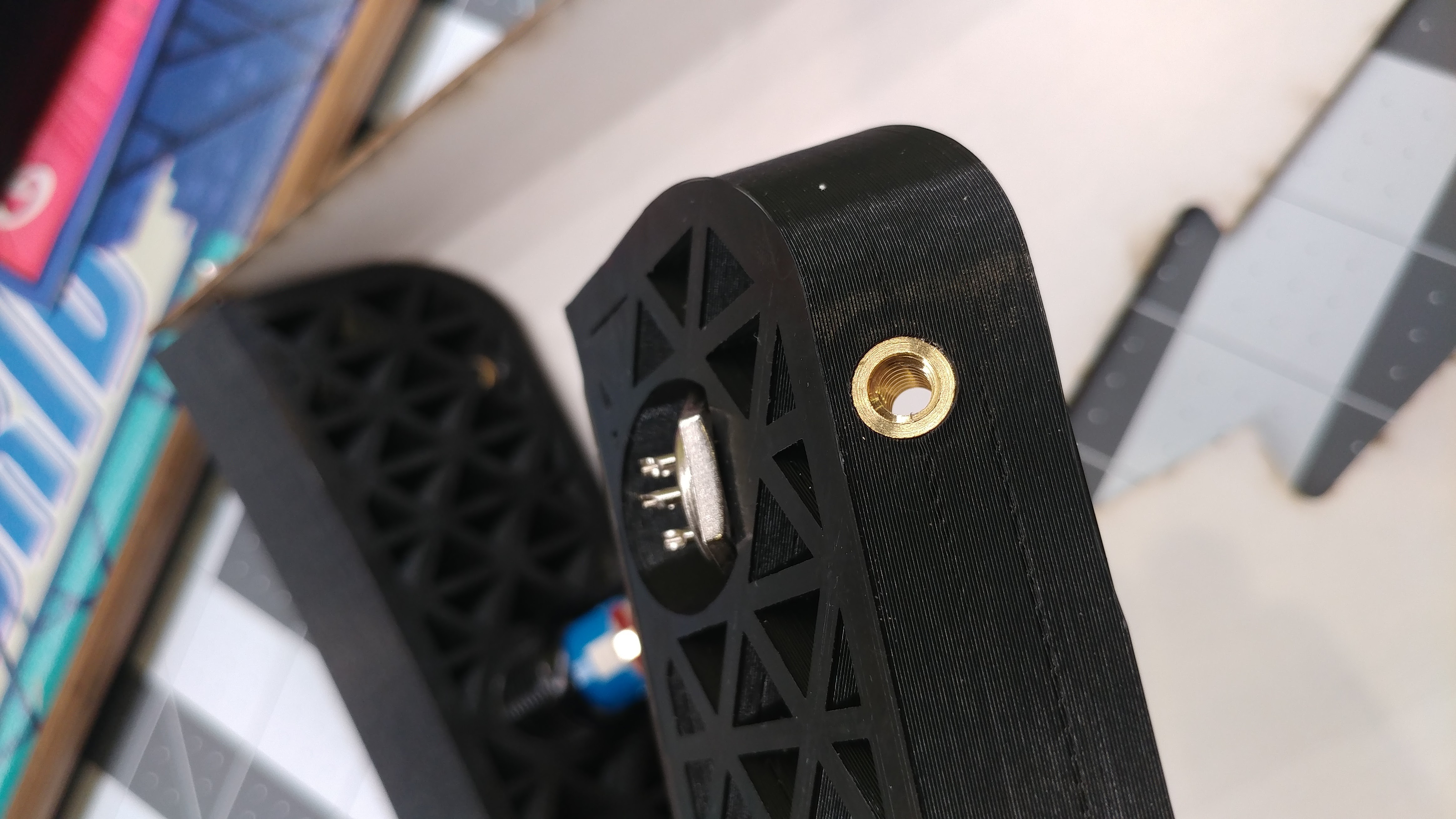
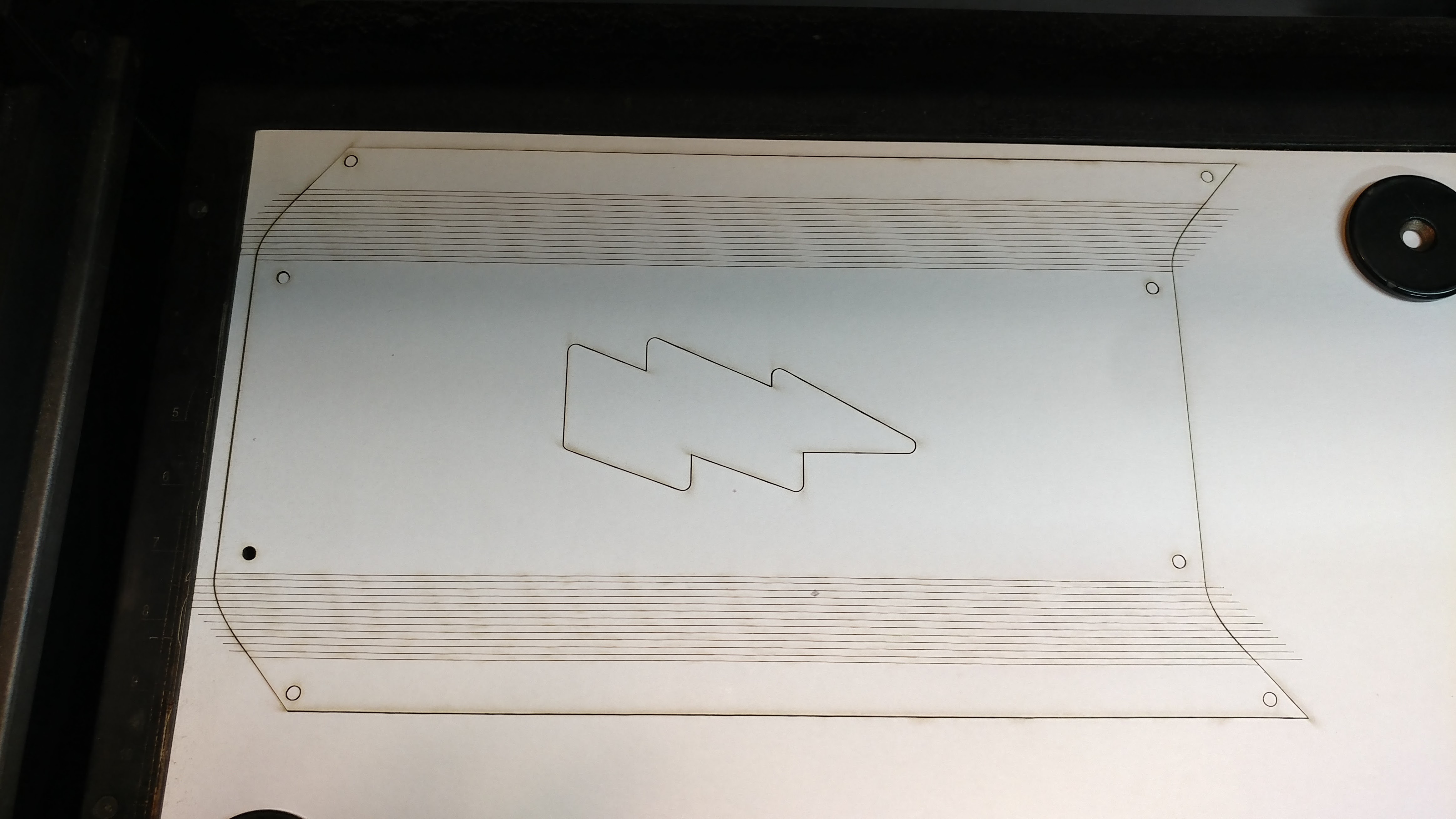
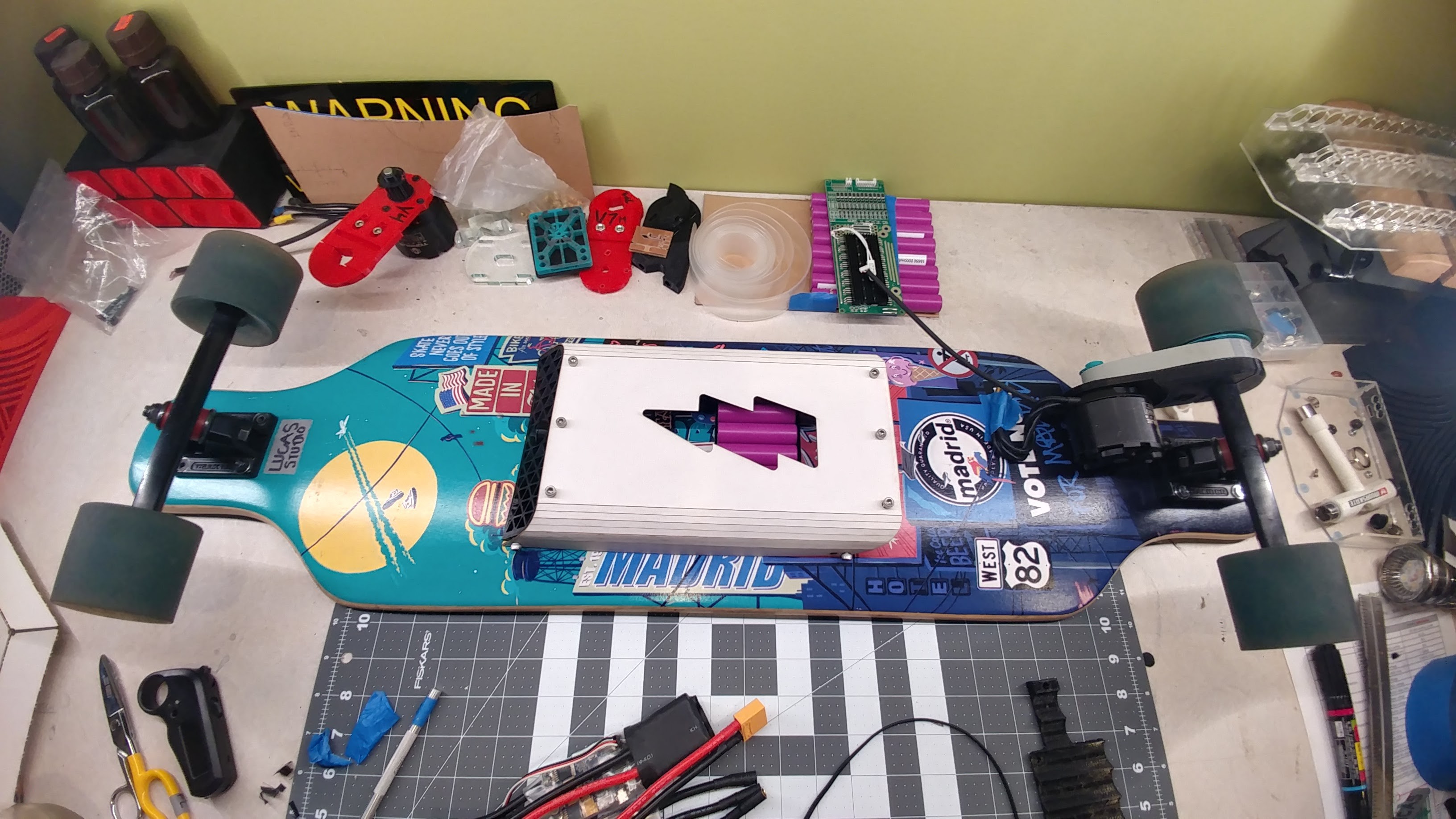
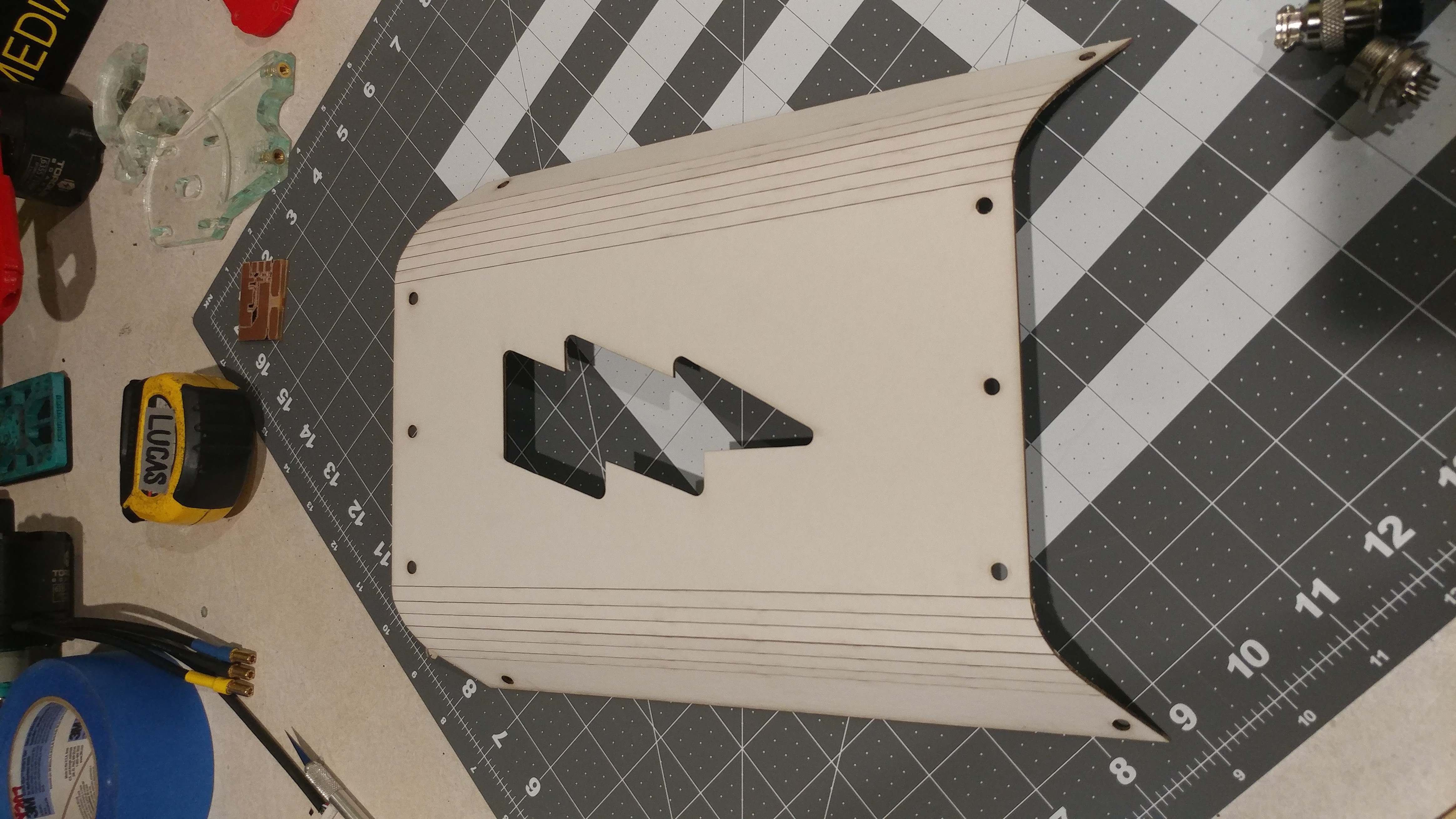
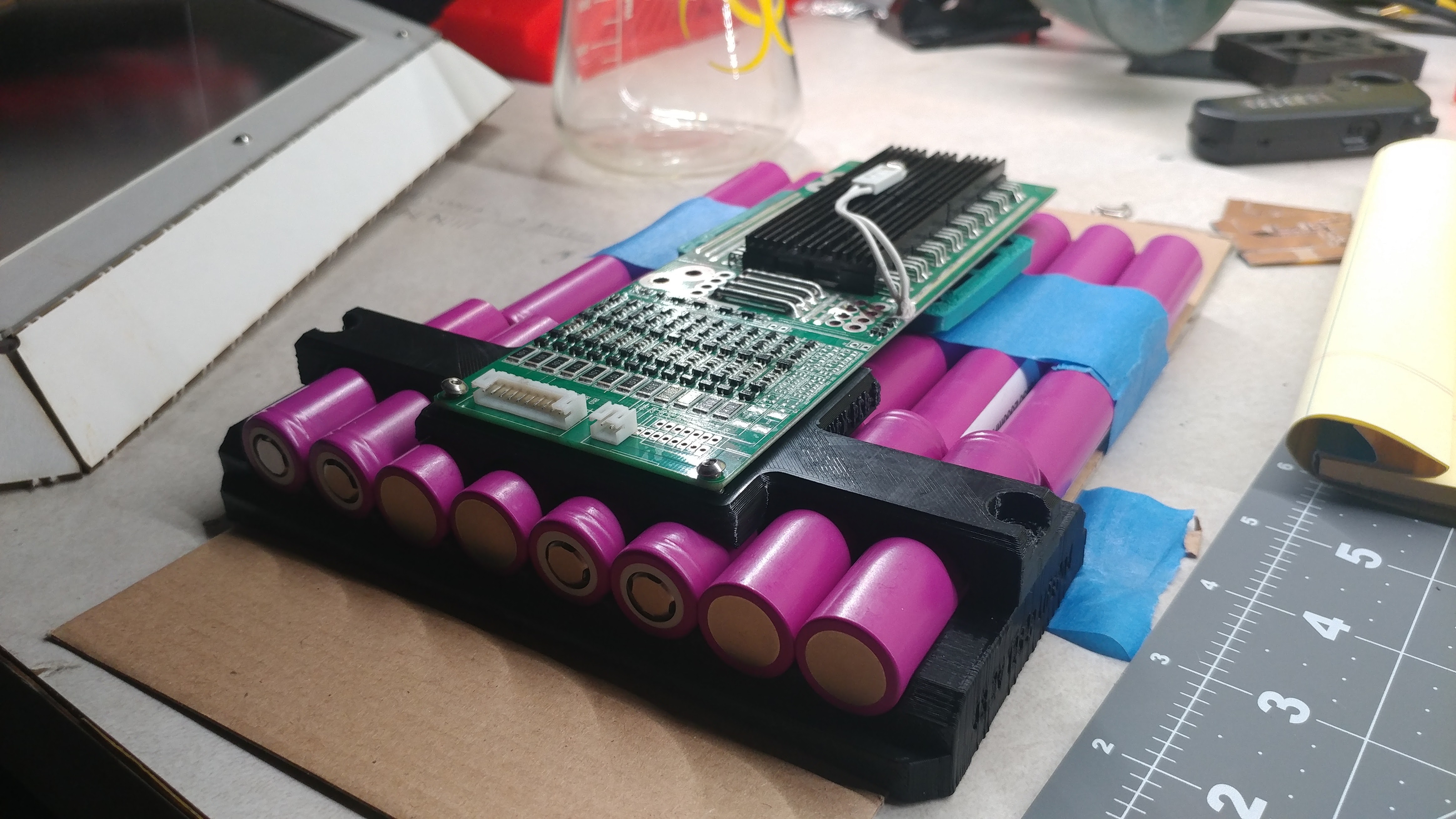

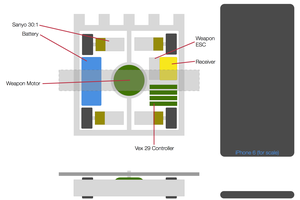
 Andrew Schreiber
Andrew Schreiber
 David
David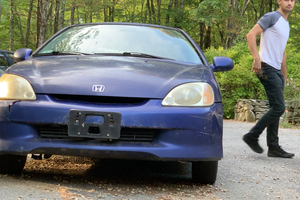
 Adam Curtis
Adam Curtis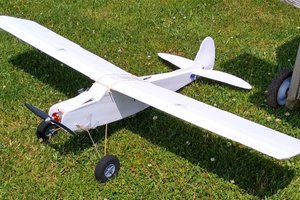
 Quinn
Quinn
This project looks great. How can we integrate it with wireless device. I'm working on the similar project, you can see here some detials https://www.malesensepro.com/best-pomade-for-waves/